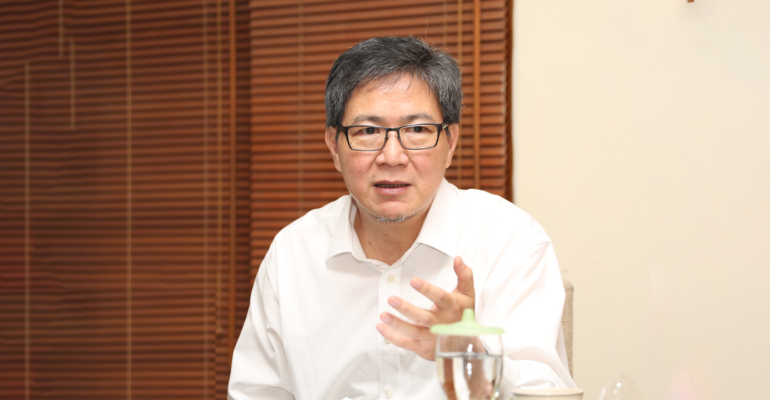A New Hope, IPB University Expert Explains Birth of Dwarf Hippo Species

When we talk about hippos, we immediately think of the hippopotamuses that rule the rivers of Africa. However, not many people know that there is a species of hippo whose body is very small compared to normal hippos known as dwarf hippos or Choeropsis liberiensis.
According to IPB University Ecological Genetics Expert, Prof Ronny Rachman Noor, dwarf hippos are classified as rare animals because in the wild there are only 2000-2500 of them left, and part of this population is kept in zoo captivity to prevent the extinction of this rare animal.
“This week we heard the exciting news coming from the Attica Zoological Park in Athens regarding the birth of this pygmy hippo. Considering the status of this animal is classified as an animal that is almost extinct, the birth of this pygmy hippo feels very special and at the same time gives hope to wildlife conservationists to re-develop the pygmy hippo population so that it does not become extinct,” said the Professor of IPB University.
“The birth of hippos in zoos is relatively rare because zoos generally lack males in captivity. Therefore, the birth of this male pygmy hippo will have a big impact on increasing the population of pygmy hippos in captivity before being released in nature,” explained Prof Ronny.
According to Prof Ronny, pygmy hippos are native to the swamps and rainforests of West Africa and usually give birth to a young after a gestation period of about six to seven months. For wildlife conservationists, breeding pygmy hippos in captivity is very difficult because pygmy hippos are naturally solitary.
“Another difficulty faced by hippo conservationists is related to maintaining and monitoring the development of pygmy hippo babies to ensure that they develop properly during pregnancy. During pregnancy, officers must train the mother to be comfortable in her position for ultrasonography (USG) and monitor the development of her baby in the womb,” said Prof Ronny.
He explained that the baby pygmy hippopotamus has a birth weight of around 7 kilograms and the foal will be with its mother in a special room before it begins to explore the surrounding nature to grow and develop and reach sexual maturity at the age of 4-5 years.
“After reaching adulthood, the body of this dwarf hippo has a body length of about 1.7-1.75 metres, a height of about 75-100 centimetres with a weight of only about 160-270 kilograms or about 10 percent of the weight of a normal hippo,” said Prof Ronny.
According to Prof Ronny, conservation in the world of conservation basically uses two methods, namely in situ conservation, which is the conservation of rare animals in their natural habitat and ex situ conservation, which is conservation outside their natural habitat.
“One of the challenges faced by wildlife conservationists who use the ex situ method is to release the results of their captivity in the wild after successfully breeding them,” said Prof Ronny.
“The birth of this pygmy hippo can be considered as the success of breeding wildlife in captivity with the hope that after the population has grown, it can be released so that the population in the wild will increase,” he explained. (*/Lp) (IAAS/RUM)



